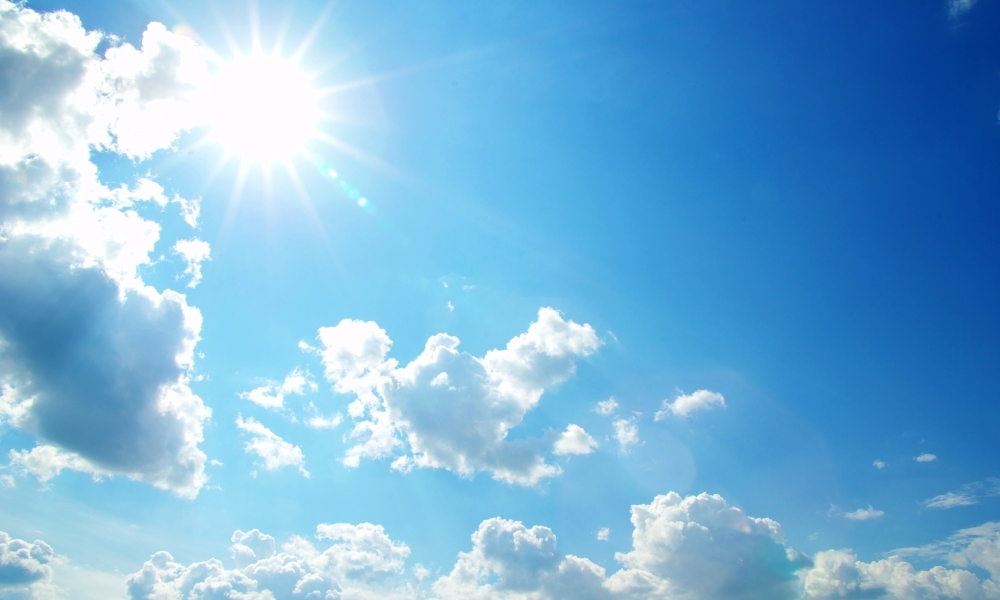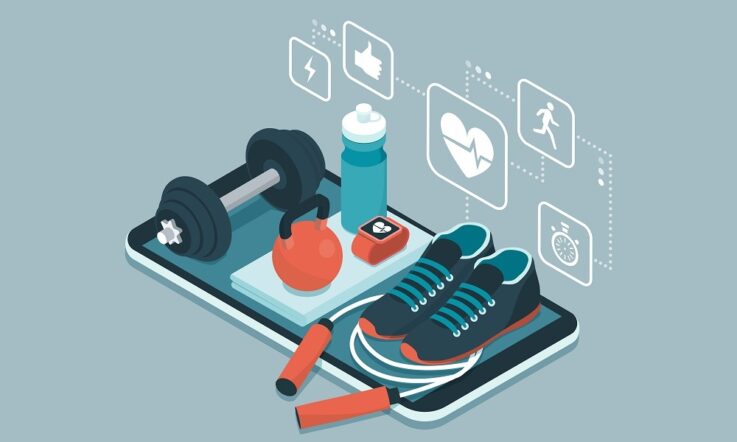Large scale research into school break times suggests relatively simple changes to daily routines could drastically reduce teachers’ exposure to UV radiation (UVR) and risk of skin cancer. Ben Dexter tells Teacher more about the findings.
As a teacher you’ll probably have to complete your fair share of outdoor duties each week, such as supervising breaks and lunch times. That means exposure to the sun, potentially at peak times of the day for UVR.
It is estimated that two out of three people in Australia will be diagnosed with some form of skin cancer before the age of 70 (Staples et al., 2006). The most common are basal cell carcinoma (BCC) and squamous cell carcinoma (SCC). Cancer Council Australia reports the majority of skin cancers are caused by exposure to the sun.
University of Southern Queensland PhD student Ben Dexter has calculated teachers’ average daily sun exposure and compared the risk at 1578 schools across Queensland’s seven education regions: Far North Queensland; North Queensland; Central Queensland; North Coast; Metropolitan; South East; and Darling Downs South West.
Dexter found that shifting school meal break times could drastically reduce teachers’ risk of skin cancer. For example, two schools just 13 kilometres apart in Metropolitan Brisbane had a 15 per cent difference in annual UVR exposure. ‘This in turn led to a 44 per cent increased relative risk of SCC,’ Dexter says.
A look at the timetabling in both schools shows slight changes could make a big difference. The school with the minimum annual UVR in Metropolitan Brisbane, in the suburb of Woodridge, started its day at 8.20am, had a first break at 10am, a second break at 1pm and finished the day at 3.05pm. A short drive away in the suburb of Coorparoo, the school with the highest UVR exposure in Metropolitan Brisbane started its day at 9.30am, had a first break at 11am, a second at 12.30pm and finished at 2pm.
‘I was shocked that schools so close together could have such a dramatic difference,’ Dexter tells Teacher. The study findings have been published in the Journal of Photochemistry and Photobiology B: Biology (Dexter et al., 2020) and prompted plenty of discussion.
Dexter, an Associate Lecturer in Mathematics and Statistics at USQ, says in Australian schools there seems to be more of a focus on the use of protective hats, clothing and sunscreen. He adds sun exposure avoidance seems to be an assumed behaviour that isn’t well adhered to, even though it remains the most significant sun protective behaviour.
Teachers do most of their work indoors, but they’re also required to spend time outdoors supervising breaks, bus drop-off and pick-up times, and sporting events. The study estimated total outdoor exposure of 90 minutes per week, which corresponded to the Queensland Teachers’ Union supervision guidelines.
UVR exposure will vary, according to differences in timetables and the school’s geographic location. ‘We have a model where you can estimate UVR; for every minute of the year, for every location, there were over 8 million data points,’ Dexter explains.
‘One of the primary findings of the study was the larger the gap between the first break and second break the lower the [UVR exposure] estimate. And that makes sense, because generally the middle of the day is going to have the highest levels, so if you can spread your breaks out apart from that it’ll be good.
Exposure levels and skin cancer risk between schools varied throughout the state and also within the seven education regions. Across Queensland, relative risk estimates for BCC and SCC varied by 24 per cent and 45 per cent, respectively. ‘The highest relative risk was calculated for the state's North (Sunshine) Coast education district which showed that risk could increase by as much as 32 per cent for BCC and 64 per cent for SCC due to differences in teacher duty schedules,’ the paper reads.
Dexter says the 90 minute estimate won’t apply to all teachers. ‘If you are in a small school … you might get the same teacher doing all the breaks. So, this was a theoretical teacher meeting a certain guideline, but that could be a best case scenario – it’s the incremental exposures that add up. Say you’ve been given break duty but all of a sudden you’ve got a telephone call, you might have your hat and sun cream on but the teacher that replaces you might have to just jump in, and they may not have that protection.’
He adds this study looks at teachers, but students could potentially be outdoors five times more often in terms of break times. Dexter stresses there’s more work to be done – this paper was proof of concept and now the aim is to refine the model and provide some guidance.
‘I presented a problem in this paper and I don’t feel comfortable leaving it there, I must provide a solution. We’re going to find the optimal times for every [Queensland] school – we’re going to highlight or identify the peak time of UVR for each school, each term, and then hopefully distribute that information so that schools may be a bit more flexible, and in Term 1 and Term 4 they may have a certain schedule to avoid those peak times.’
Dexter is also working on a paper that factors in cloud coverage and another that takes a deeper dive into statistical analysis. He tells Teacher he’s keen to secure more grant funding to take the research nationwide, with Western Australia and Victoria of particular interest.
References
Dexter, B. R., King, R., Parisi, A. V., Harrison, S. L., Konovalov, D. A., & Downs, N. J. (2020). Keratinocyte skin cancer risks for working school teachers: scenarios and implications of the timing of scheduled duty periods in Queensland, Australia. Journal of Photochemistry and Photobiology B: Biology, 213, 112046.
Staples, M. P., Elwood, M., Burton, R. C., Williams, J. L., Marks, R., & Giles, G. G. (2006). Non‐melanoma skin cancer in Australia: the 2002 national survey and trends since 1985. Medical Journal of Australia, 184(1), 6-10.



